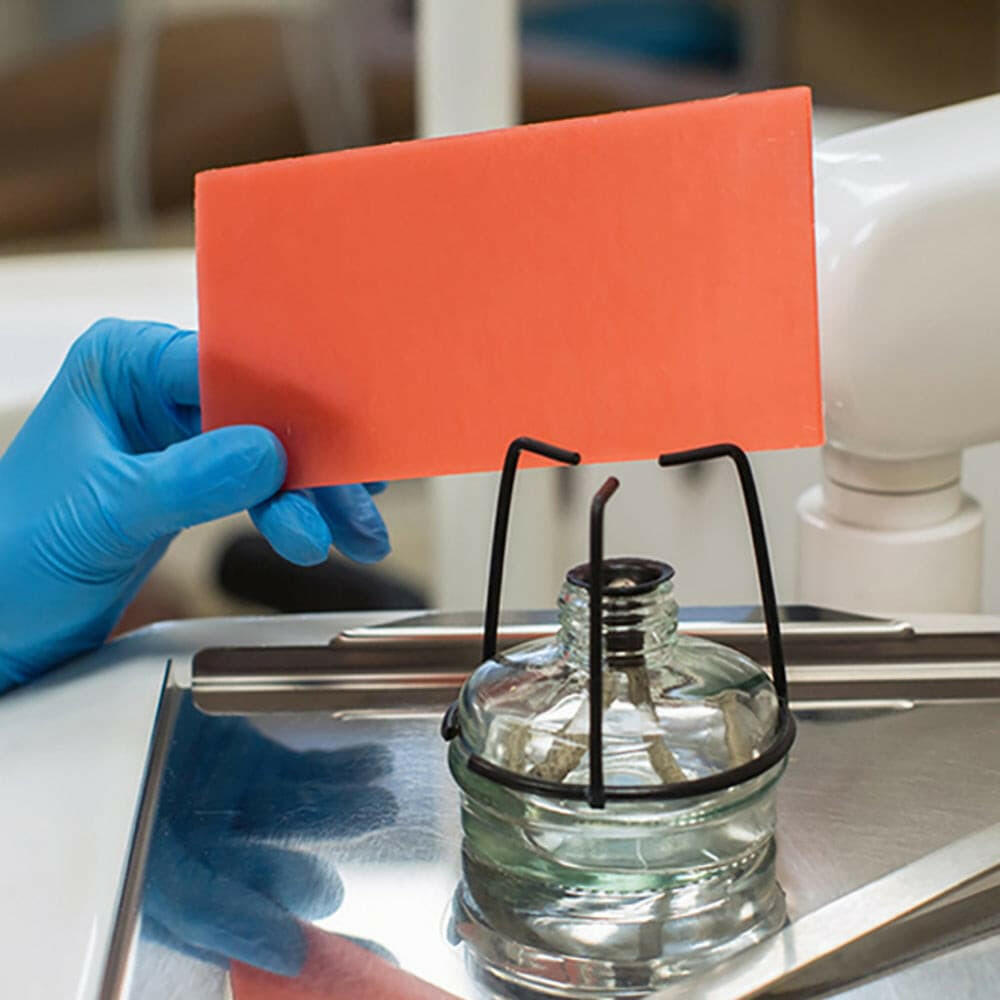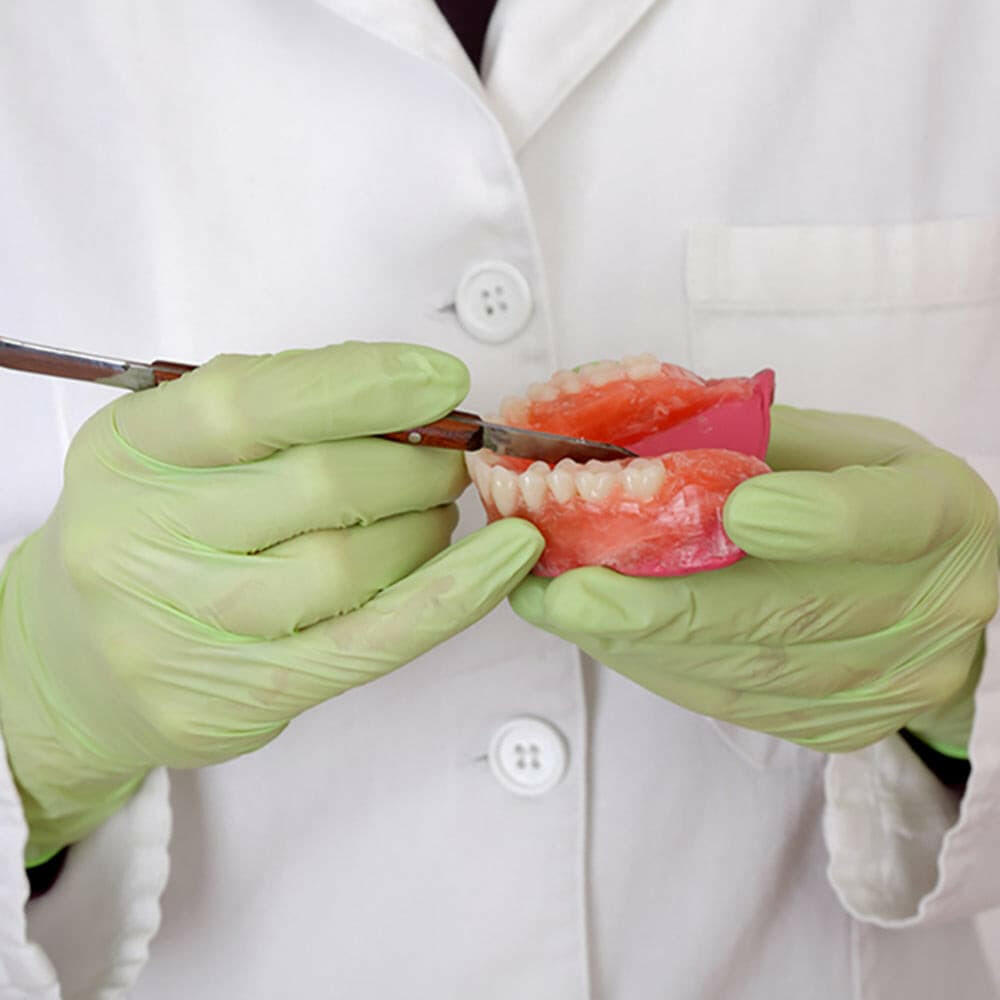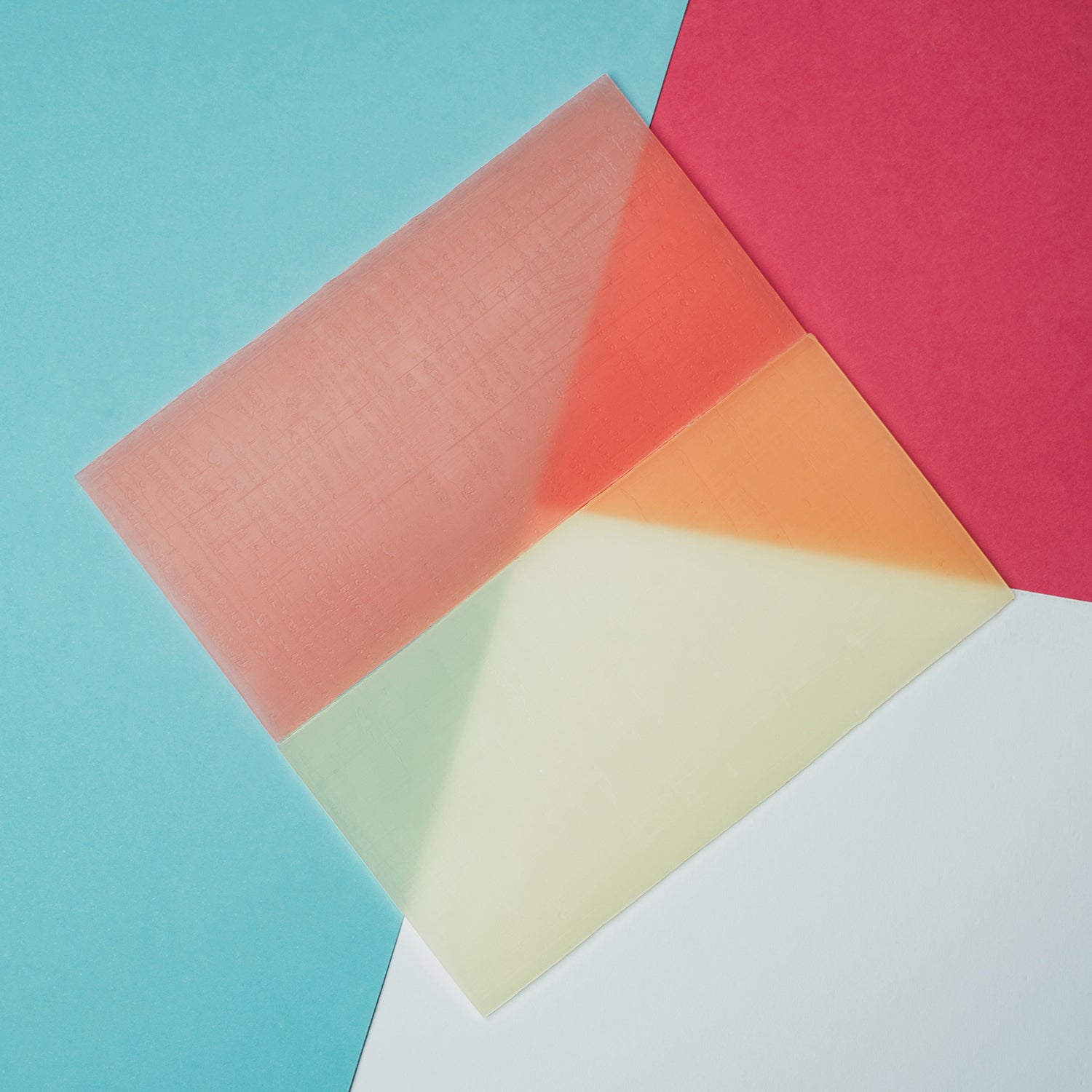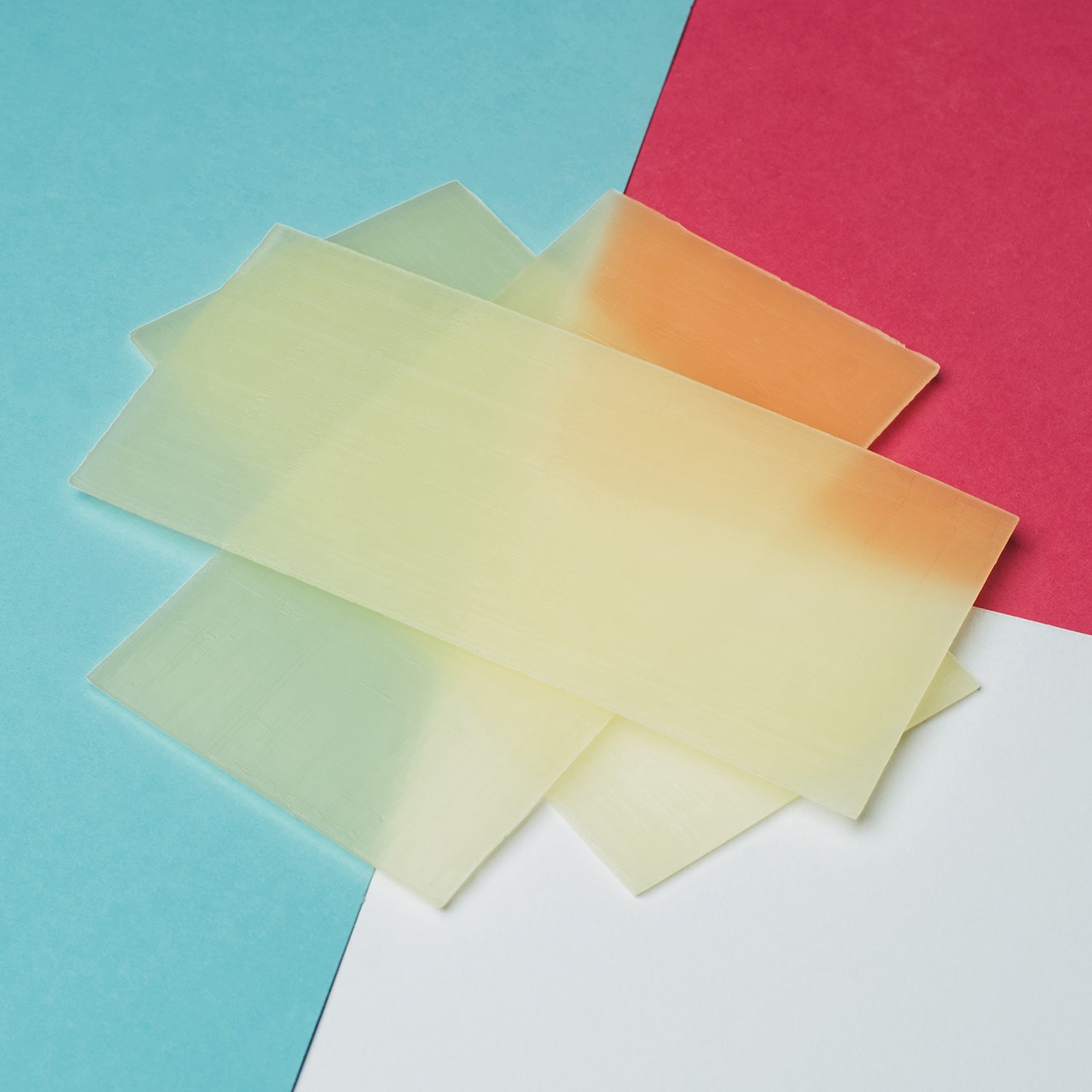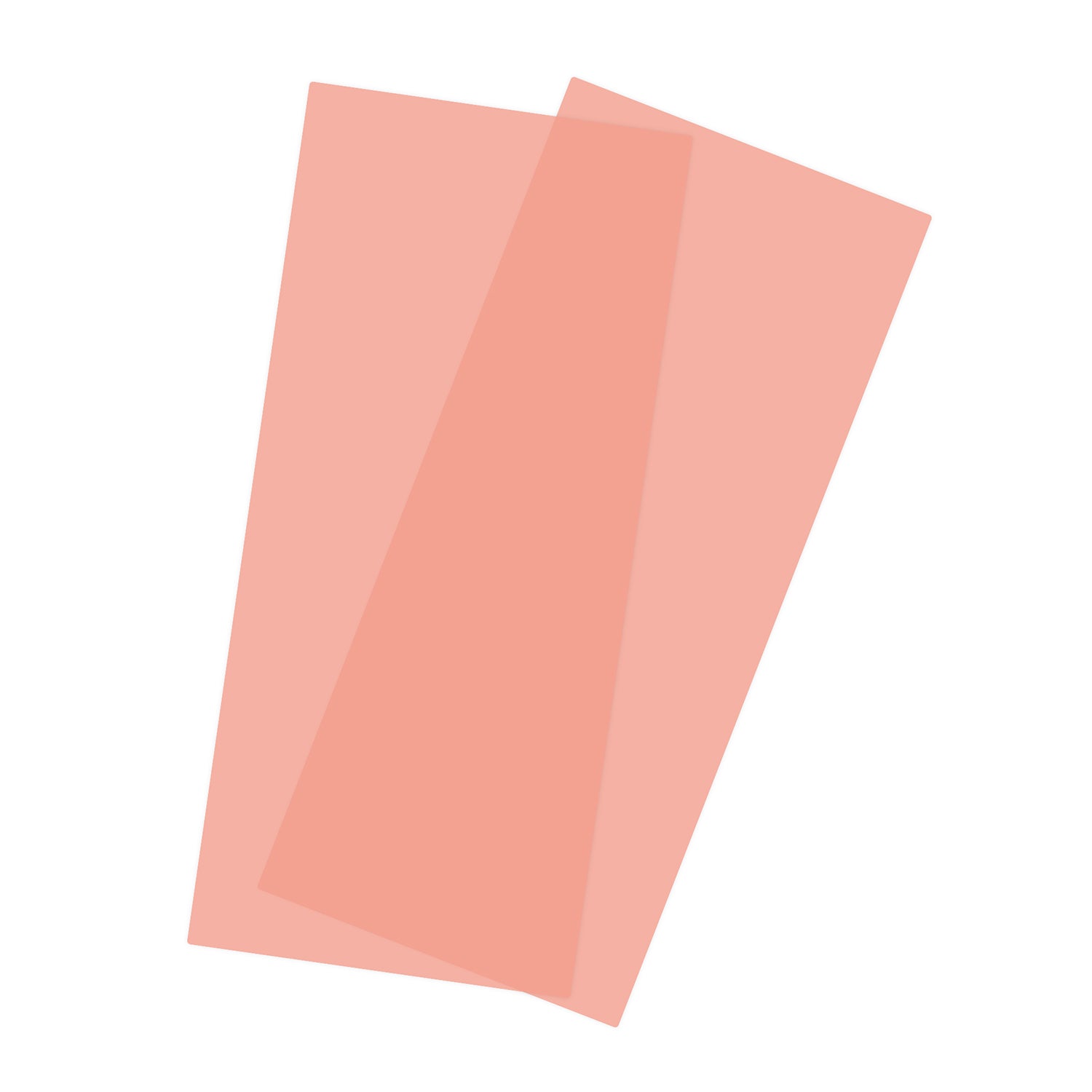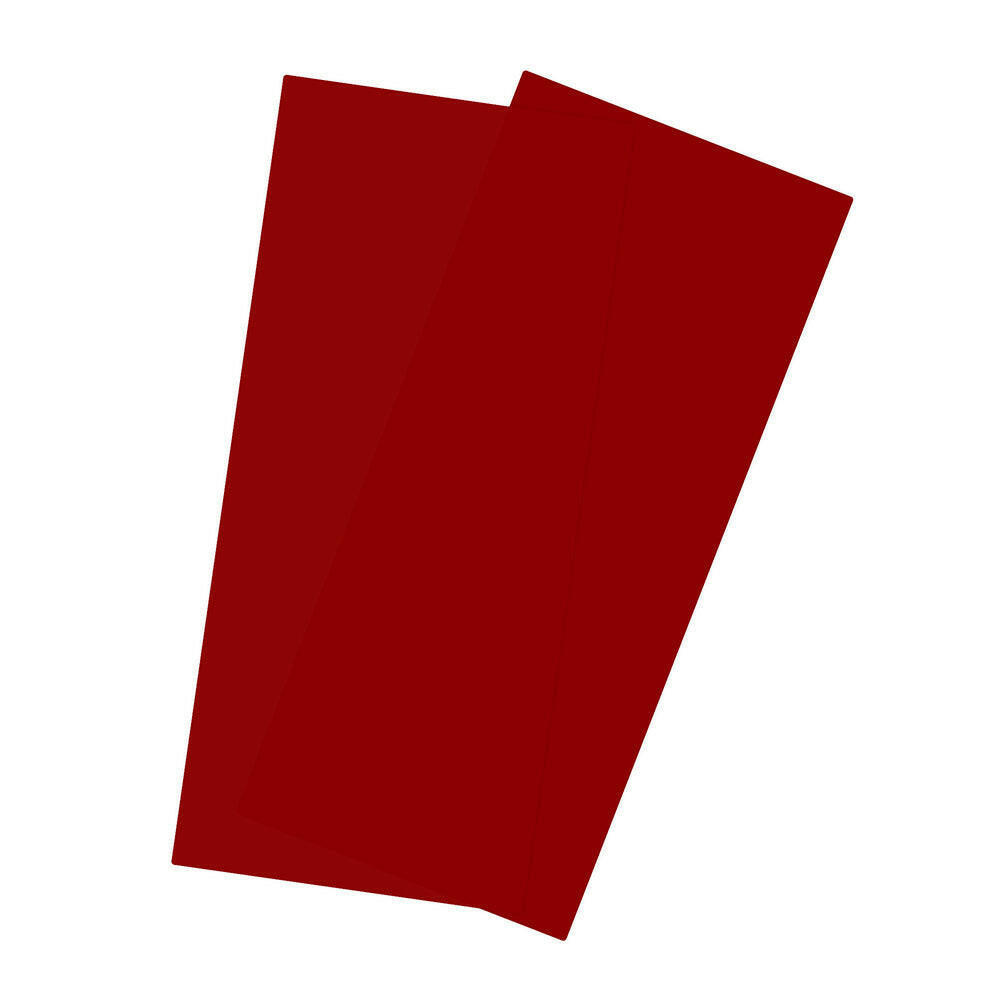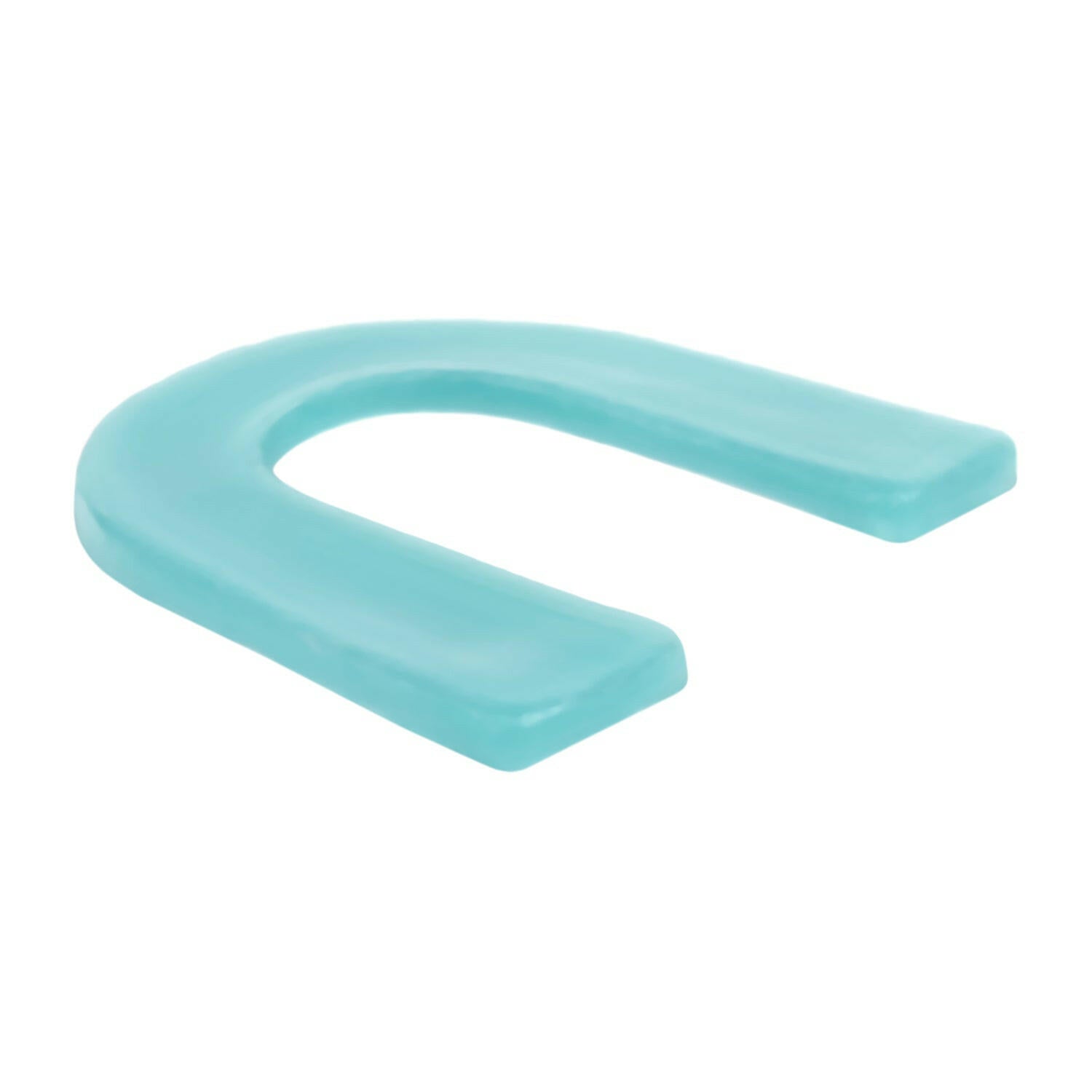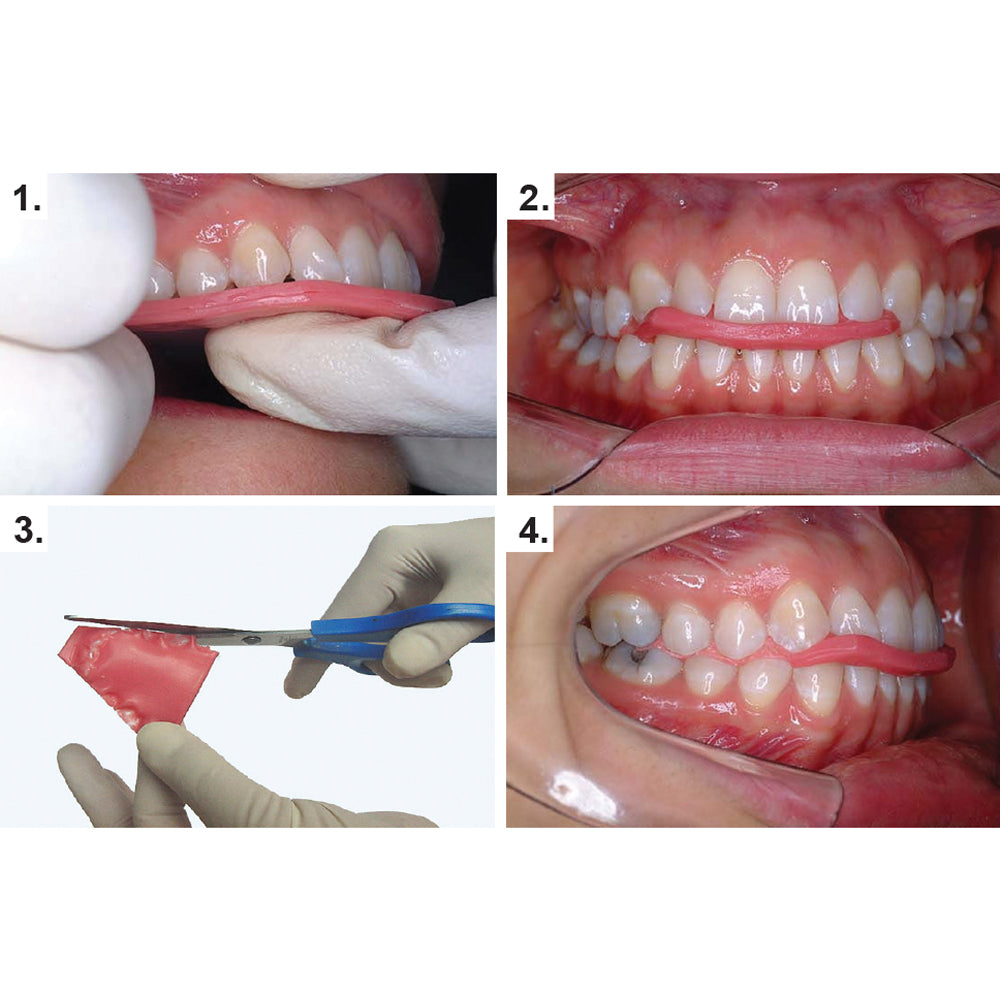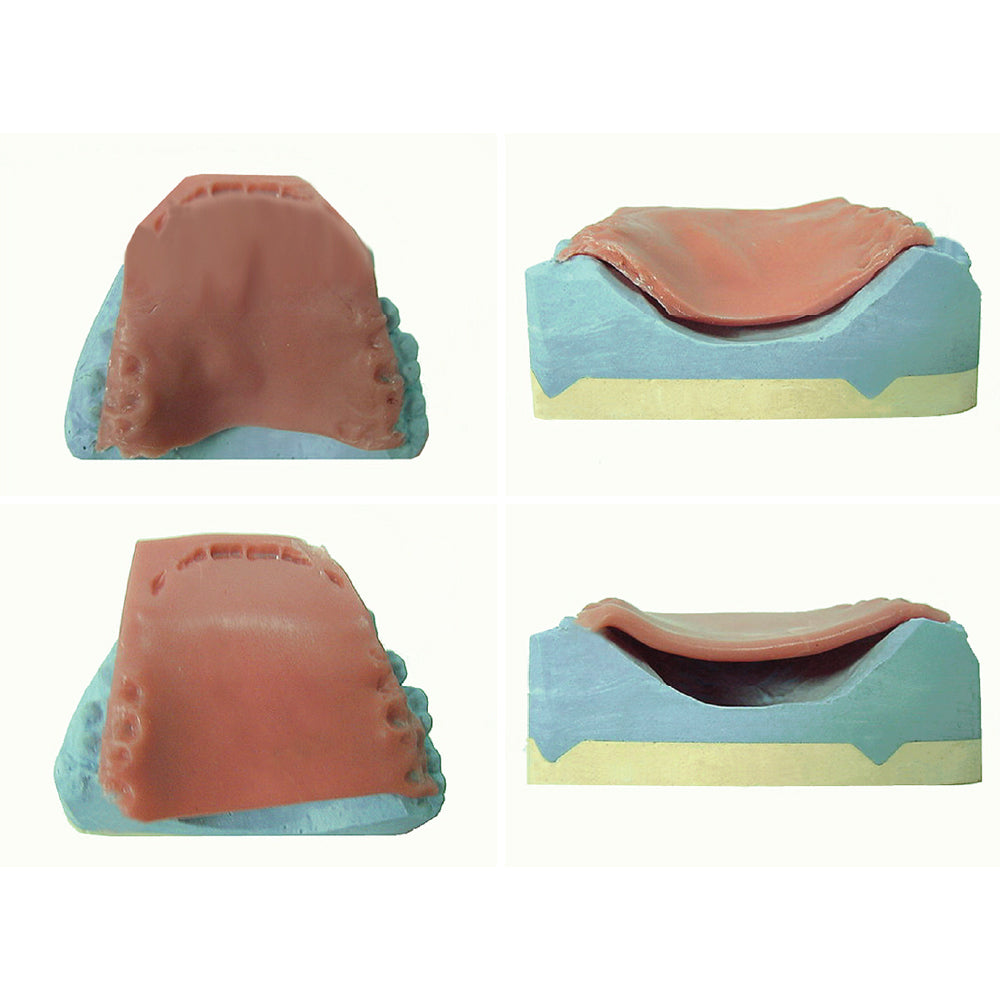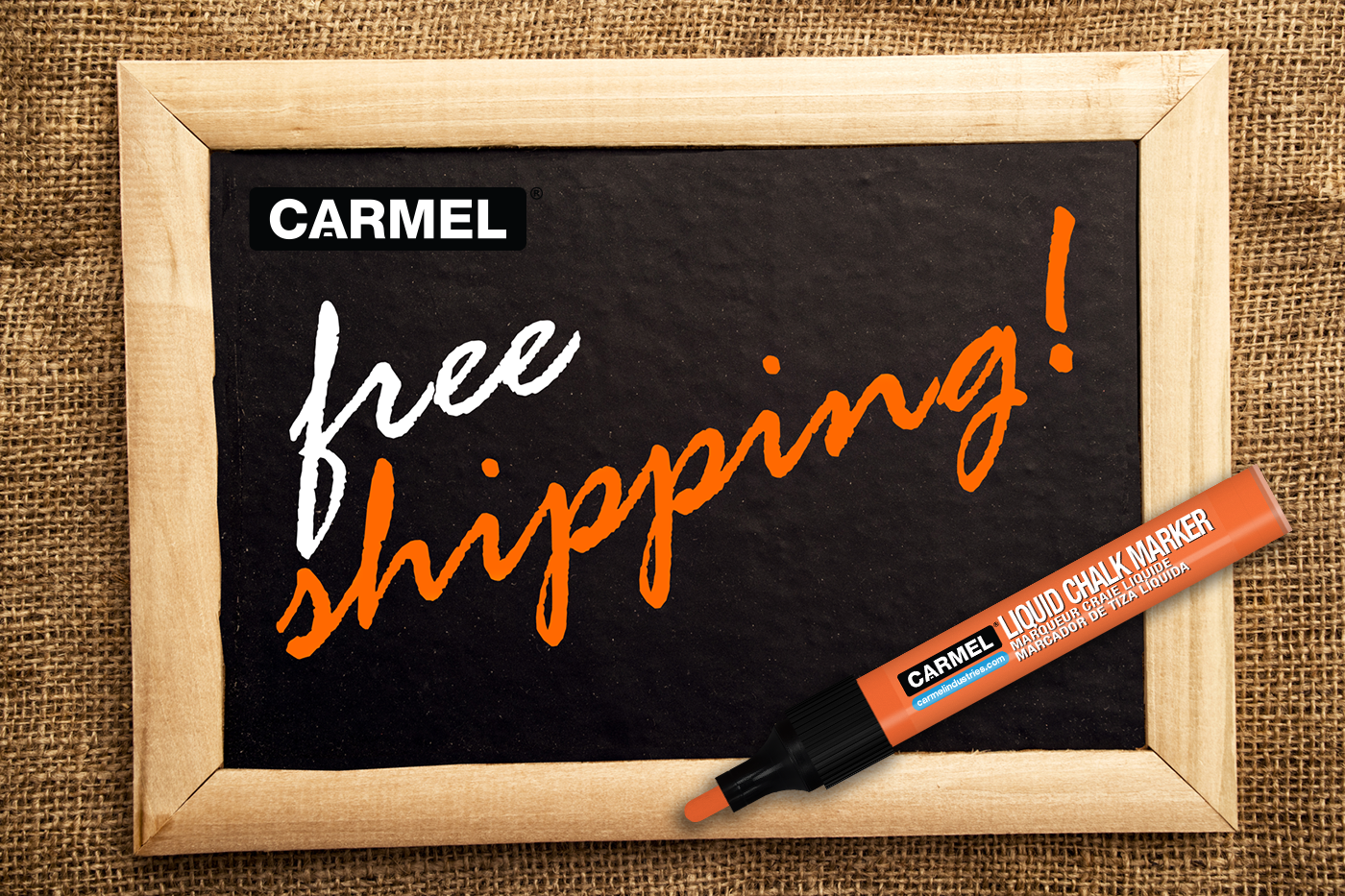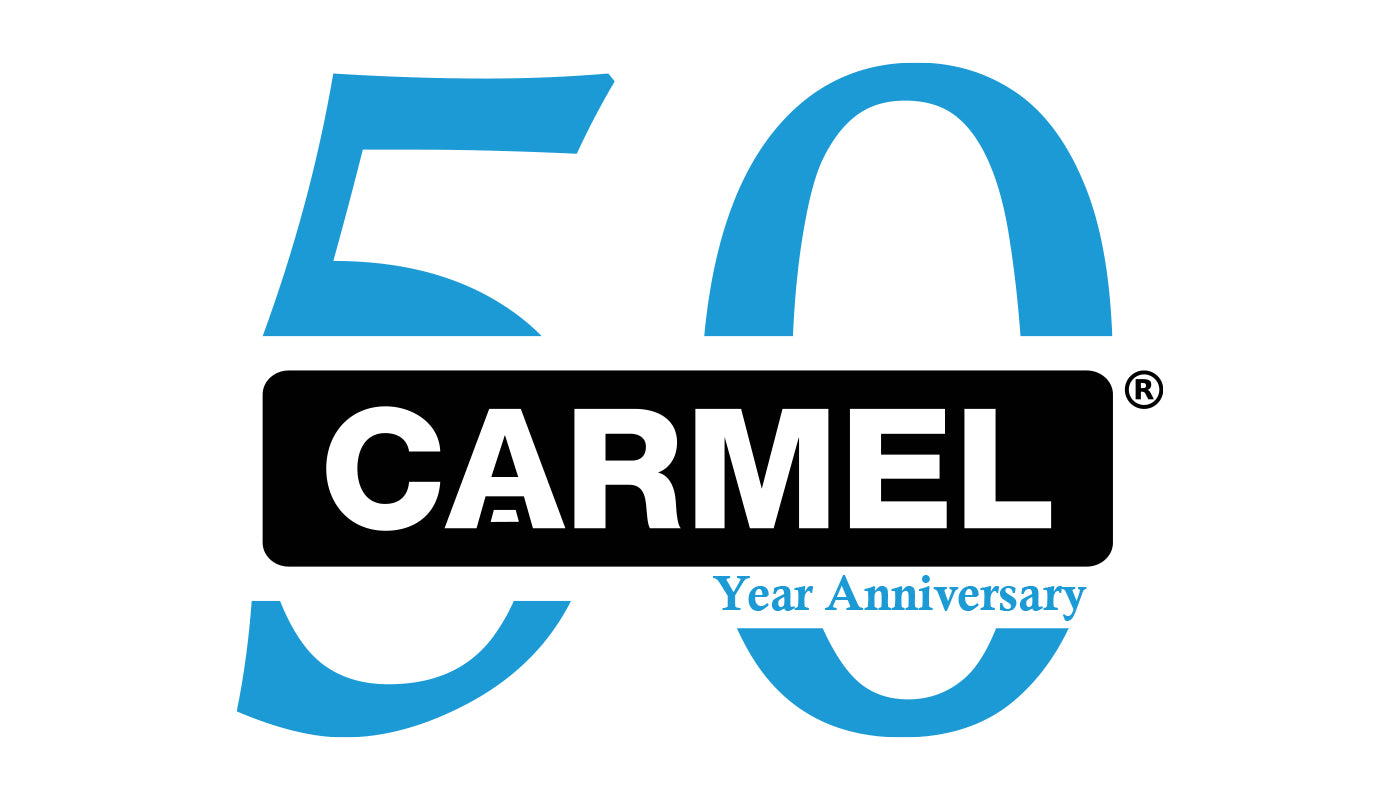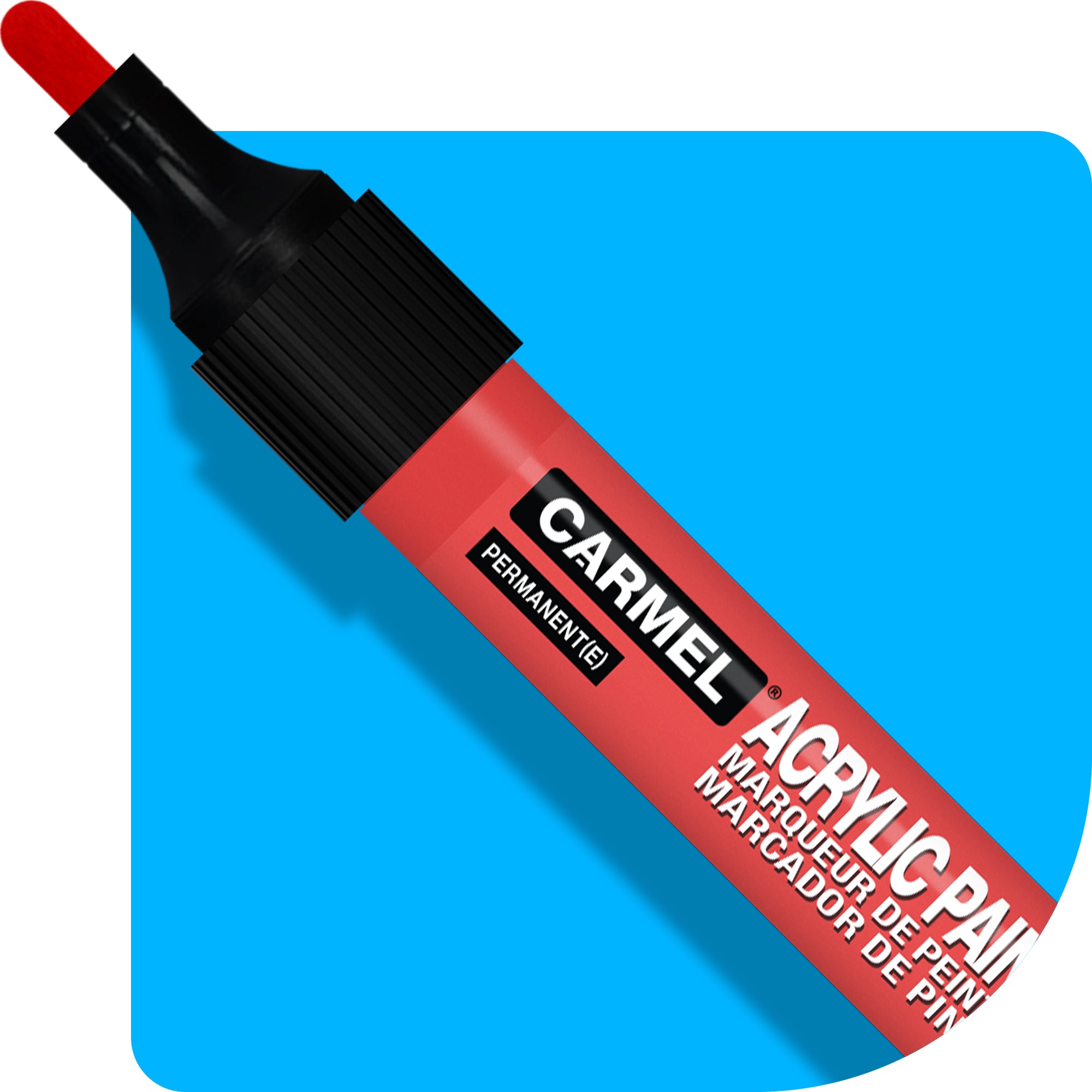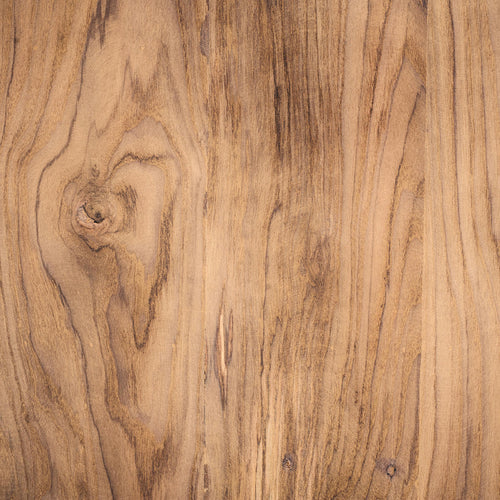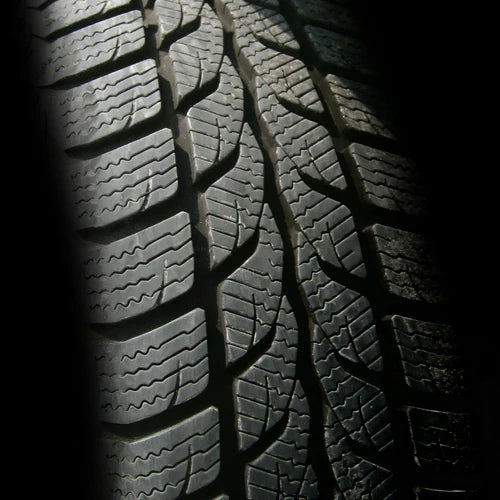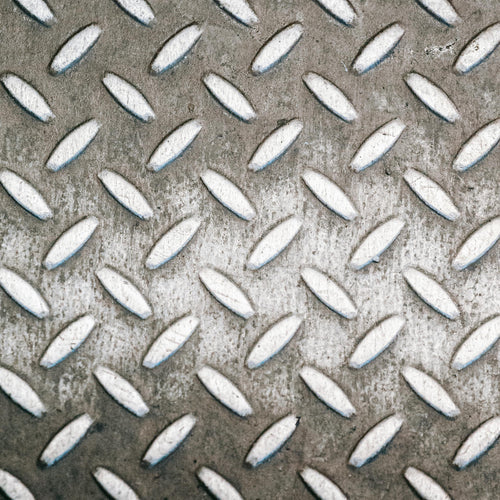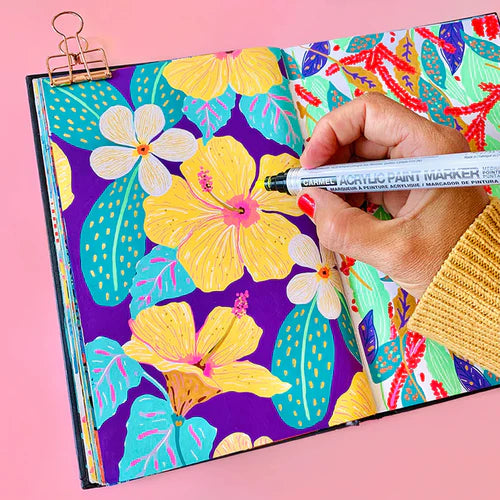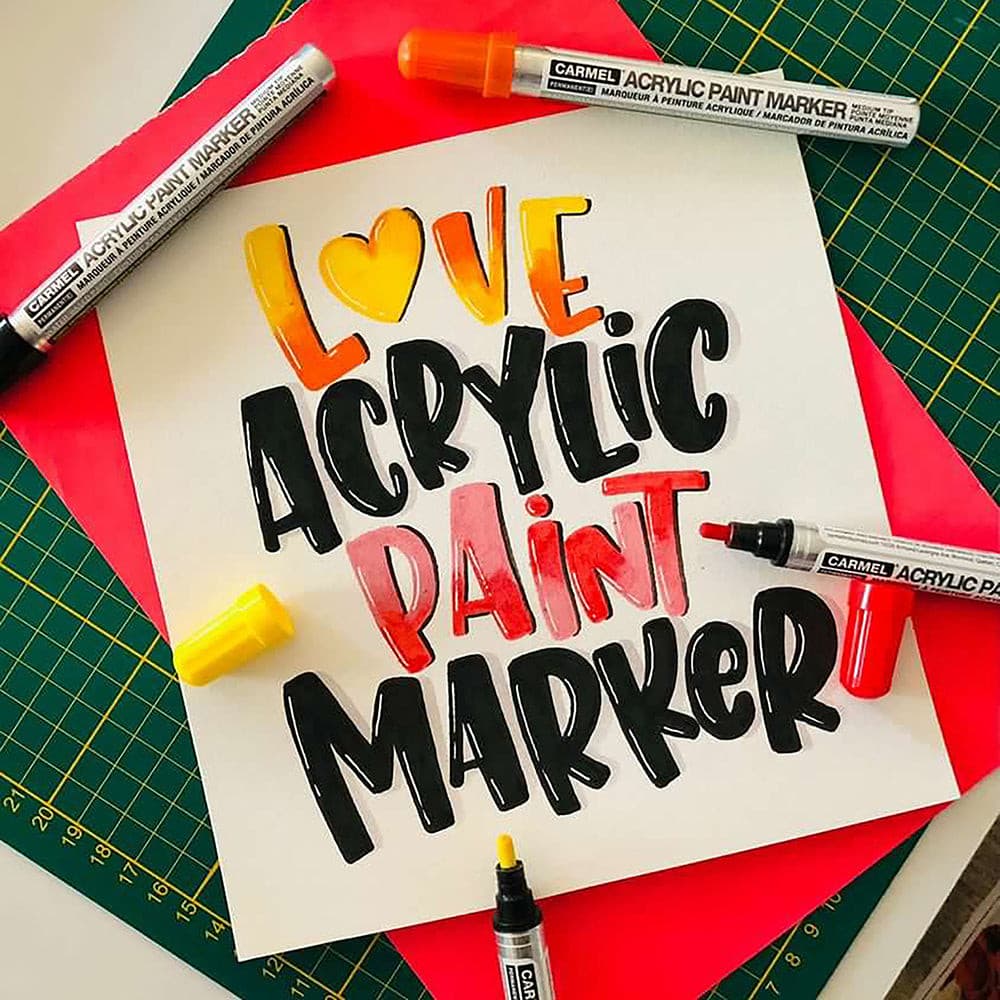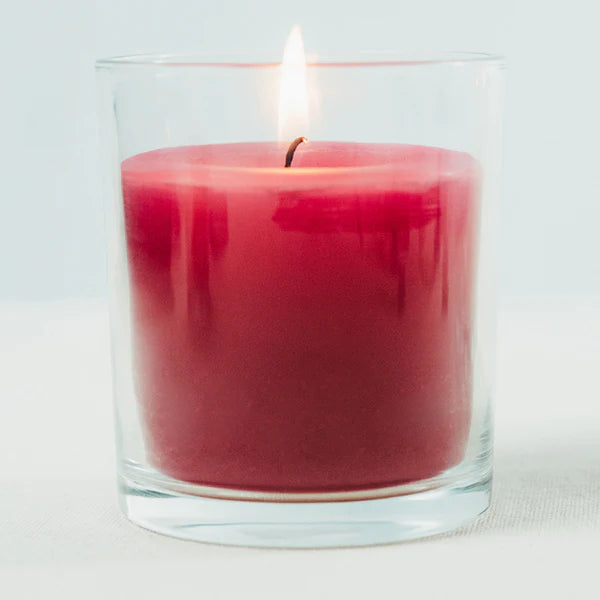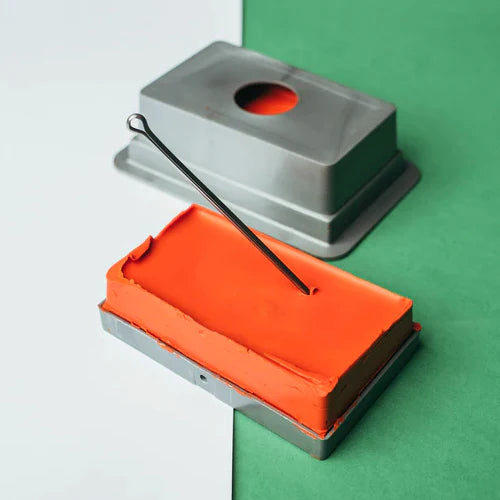- Sheet size: 6” x 3” (15.2 x 7.6 cm)
- Size: 2 ⅝" wide x 1 ½" high x ¼" inch thick (6.35 wide x 3.81 high x 6.35 mm thick)
- Colors: Yellow, light blue, and beauty pink
- Packaging: Sheets sold in 1 lb and 5 lbs boxes
Directions - How to Register Central Occlusion (CO)
1) Take the previously plasticized wax from the thermal bath at 53ºC (127.4ºF) and mold it with your fingers to the surface of the upper teeth, just enough to keep it in position.
2) Ask the patient to close down tightly until the teeth surfaces are felt to be in contact. Cool the wax with the air syringe.
3) Before the wax completely hardens, remove it from the mouth and trim it with scissors. Trim everything that exceeds the lateral and posterior sections.
4) Put the wax back in the mouth and verify that the patient bites down the same as they would without the wax.
5) Cool the wax with an air syringe. Remove it and leave it in the rubber cup with cold (refrigerated) water.
6) Put the hardened wax back into the mouth and repeat step 4. This last extra step is important since we have been able to verify that of all the steps involved in assembling models, the one in which the most errors are made is in the CO register. Finally, store the wax in a safe place, as it will later be used to measure the discrepancy between CO and RC, through a procedure known as MCD (Measures Condyle Displacement). This allows the condylar position to be recorded at the time the teeth are in maximum intercuspation.
THE MOST COMMON ERRORS IN CO REGISTRY
Some patients report having “several bites” and are not clear which of them is more comfortable so that they can occlude in different positions at the time of the CO registration. The solution is to teach the patient to define a single occlusion that is comfortable for them and represents the best fit between the upper and lower teeth. Once the patient is clear about their CO and can repeat it, proceed to record it. For greater security, we suggest always doing the CO registration before the CR registration because, in some cases (to cooperate), the patient will unconsciously try to repeat the CR position. If the wax temperature is not adequate, it will not be possible to take a clear record of the indentations. However, it is sometimes difficult to maintain the water temperature at 53ºC since the thermal bath tends to be frequently deregulated. This yields a very soft wax that loses its shine and becomes opaque.
Losing part of its properties makes it difficult to properly adapt the wax to the plaster models, which sometimes makes it difficult to register the CPI. That is why working with a perfectly calibrated thermal bath is essential.
Technique for Hard Bite Registration Wax:
Centric Occlusion (CO) is the interocclusal relationship in which the most significant number of contact points are noted. independent of the condylar position. It is also known as Habitual Occlusion (HO), Maximum Intercuspation.
(MIC) or Intercuspal Position (ICP). Unlike Centric Relation (CR), which represents an articular relation, the CO corresponds to an exclusively dental relationship. Extra hard wax has thermoplastic properties, it plasticizes at 53ºC (127.4ºF), acquiring a softer consistency without losing the original properties suitable for bite registration. This allows for a very good cuspidic impression. Once cooled, the wax regains its hardness such that it fractures before deforming.
Prepare each wax sheet by folding it in half in the upper dental arch. The wax will then be unique for each patient with the help of the upper model, covering the occlusal face and incisal edges of all teeth.
Wax contact with the palate
Despite the wax being at the right temperature, in some patients the tongue tends to curve the wax, bringing it closer to the palate, and even coming into contact with it. In plaster models, the contact of the hardened wax with the "palatal mucosa" of the cast prevents the correct adaptation of the wax to the teeth and consequently renders the Central Occlusion registration useless.
Possible solutions include:
A) Place the wax on the upper plaster model and use a scalpel to scrape away the parts that contact the palate. Note that if there is a lot of wax to shave off, the register could thin excessively, and can fracture.
B) Repeat the registration with new wax while taking care to heat only the edges where the indentations will be made in the thermal bath. The tongue's influence diminishes as the central portion becomes rigid.
C) Finally, we advise not to mention the tongue to the patient. In some cases, by trying to cooperate, they will move their tongue even more, distorting our register.

